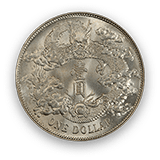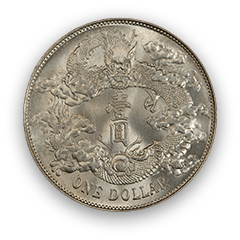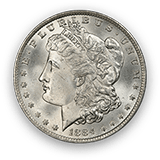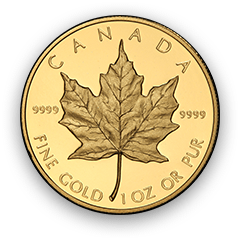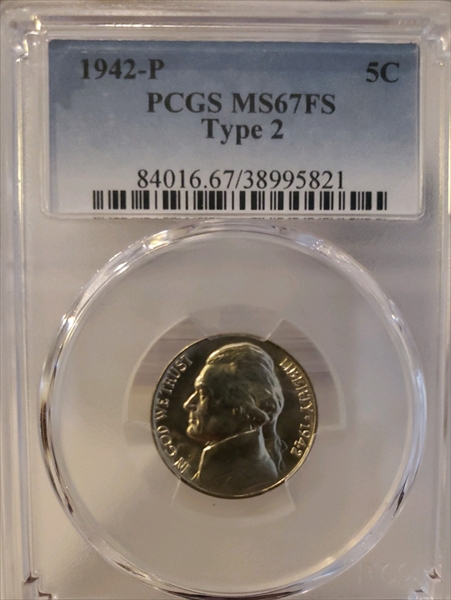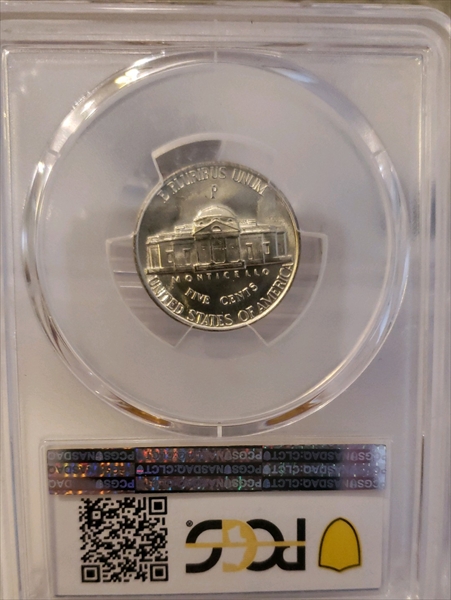Ron Guth
In 1942, the war effort required large amounts of nickel for munitions and materiel. To help with this effort, the mint reduced the amount of nickel used in the Jefferson Five Cents and replaced it with silver. Thus, beginning in 1942, the composition of the "Nickel" went from 75% copper and 25% nickel to 56% copper, 35 % silver and 9% manganese. This resulted in a "Nickel" of a slightly brighter color. To differentiate the new alloy, the mint placed a large mintmark on the back of the coin, and began using a large letter P for Philadelphia, a D for Denver, and an S for San Francisco. The proeblem with the new "Nickels" was that they turned a greenish color after being in circulation; however, this did not prevent the Mint from issuing them all the way through 1945, after which the "Nickels" returned to their pre-war composition.
The 1942-P "Silver" Nickel is a very common coin in both circulated and Uncirculated grades. Even Superb MS-67 examples are somewhat plentiful, though they do become scarce with Full Steps on the reverse. None have been graded finer than MS-67 by PCGS, either with or without Full Steps. In Gem condition, the 1942-P Silver Nickel is a joy to behold, as they come bright and flashy, with the soft luster that only silver can impart.
